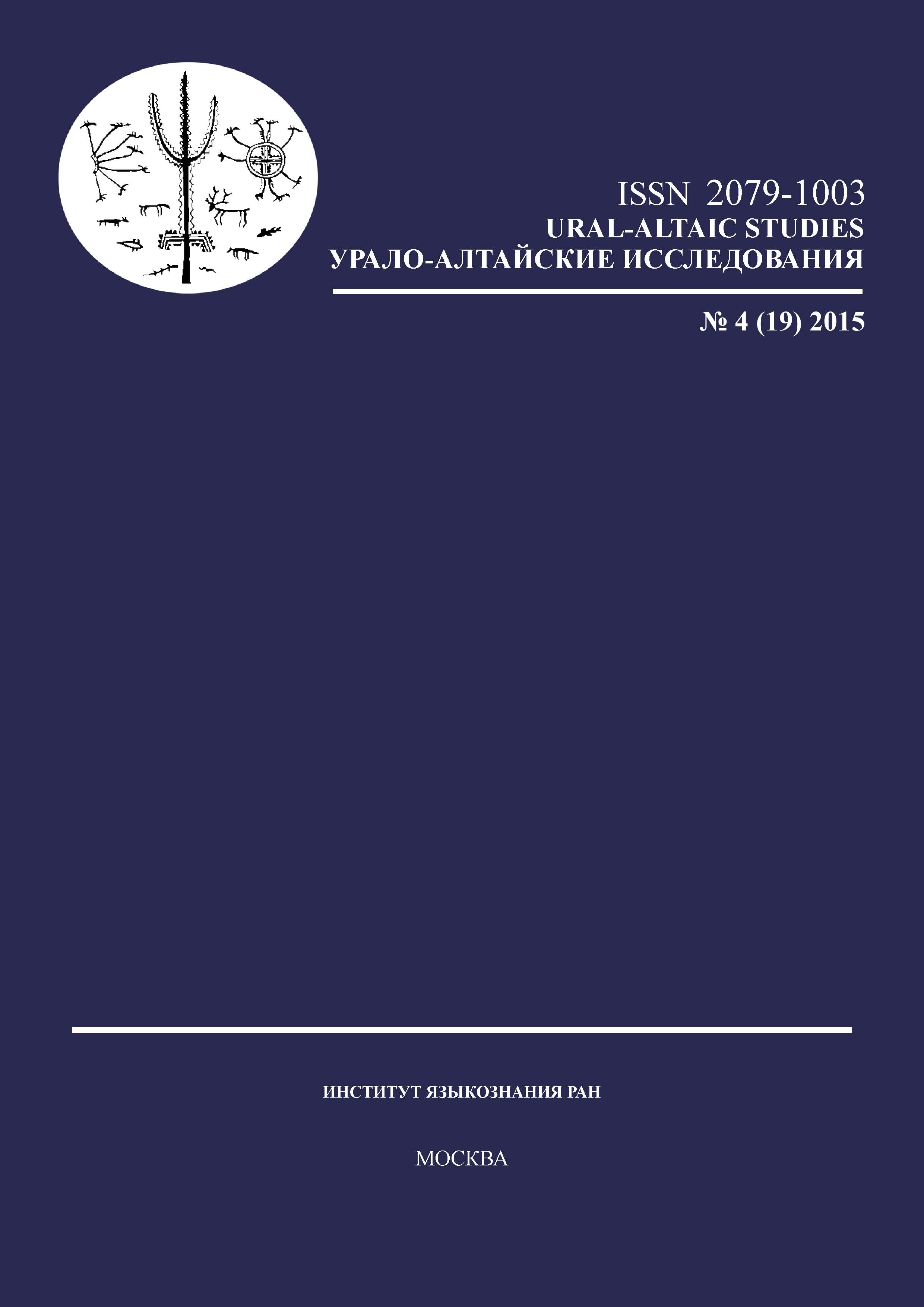Эссив, латив и пролатив: «локативный» падеж в нанайском языке
Essive, lative and prolative: “locative” case in Nanai
Author(s): Natalia M. StoynovaSubject(s): Language and Literature Studies
Published by: Институт языкознания Российской академии наук
Keywords: Nanai; the Tungusic languages; locative case; essive; lative; prolative; category of case; grammar semantics
Summary/Abstract: The Tungusic languages have the so called “locative case” -la. It is usually polysemous; the set of its spatial meanings is quite intriguing and varies across the languages; it also tends to have no specialized function: in all its uses it competes with one of the main spatial cases to a greater or a lesser extent. La-case can mark a) LOCATION (essive), b) GOAL (lative), c) PATH (prolative). The paper deals with the puzzle of the meanings of the la-case and proposes the possible scenario of their diachronic development. This scenario suggests LOCATION+GOAL as an initial cluster of meanings and PATH as the last stage of the semantic development of -la. This stage can be observed in Nanai, where the central function of -la is prolative whereas the other two are also attested. Thus, the data of Nanai which are considered in detail in the paper let us trace and explain the diachronic semantic shifts between the spatial meanings of the la-case on a micro level andto make some clarifications on the category of Prolative in a cross-linguistic perspective. The crucial notion for the polysemy of the la-case seems to be the CONTACT with the Trajector.
Journal: Урало-алтайские исследования
- Issue Year: 2015
- Issue No: 04 (19)
- Page Range: 59-80
- Page Count: 22
- Language: Russian

